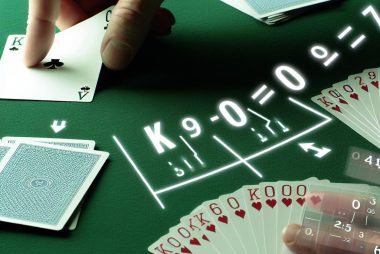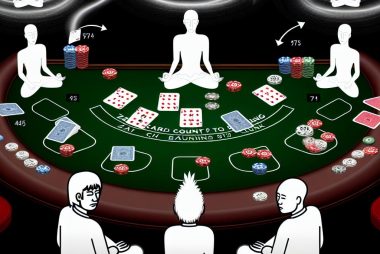The Revere Advanced Point Count system
The Revere Advanced Point Count System
The Revere Advanced Point Count system represents a significant innovation in the realm of biological monitoring, particularly focusing on the study of avian populations. Bird population studies are essential not only for understanding ecological dynamics but also for implementing effective conservation strategies. This system provides a standardized method for counting bird populations, thereby enabling researchers to gather data that is both accurate and reliable over extended periods. It was developed by Dr. William Revere, a key figure in avian research, who aimed to address the limitations inherent in traditional point count methods that had been used for decades.
Understanding the Advanced Point Count Method
The traditional point count method involves observers recording all birds seen or heard from a stationary point within a specific time frame. While effective in certain scenarios, this methodology often struggles with issues such as observer bias and inconsistent detection rates. Variability in observer skills and environmental conditions can skew data, making it difficult to compare findings across different studies or time periods. The Revere Advanced Point Count system enhances traditional methods by integrating additional protocols which significantly improve both accuracy and consistency of data collection.
Key Features of the Revere Advanced Point Count System
The Revere system includes several defining features that contribute to its efficacy. First is its structured methodology, which starts with comprehensive training for observers. This training ensures that all personnel involved are equipped with a consistent skill set, minimizing personal bias and variation in the way data is collected. Observers often use advanced technology, including GPS-enabled devices, to accurately record and report data on bird species, locations, and movements. This technological integration provides a higher degree of precision in tracking avian activity.
Another critical aspect of the Revere system is its emphasis on temporal and spatial consistency. Data collection is conducted under defined environmental conditions, which allows findings to stay consistent across different regions and studies. This standardization ensures that data collected through the Revere system can be more reliably compared and contrasted, providing a clearer picture of avian population dynamics.
Benefits for Researchers and Conservationists
The use of the Revere Advanced Point Count system provides numerous advantages for both researchers and conservationists. By incorporating systematic processes and advanced technology, the system enhances data accuracy and effectively minimizes biases that may arise from human involvement. This reliable data is crucial when developing and implementing effective conservation strategies. For instance, understanding precise population numbers and movement patterns can help conservationists to design reserves and sanctuaries that effectively protect vulnerable species.
Moreover, the system supports longitudinal studies that are capable of tracking changes in bird populations over extended periods. Such studies are indispensable in identifying trends that might indicate the impacts of various factors such as climate change, habitat destruction, or other human activities on ecosystems. Long-term data collection allows for a more comprehensive understanding of how avian populations evolve in response to environmental pressures, thereby informing policy and conservation efforts.
Applications Beyond Ornithology
While primarily used in ornithology, the principles underlying the Revere Advanced Point Count system can be extended to monitor other wildlife populations. For instance, its structured approach and rigorous data collection methods can be customized to suit different ecological studies beyond bird populations, including mammals, reptiles, and amphibians. This versatility makes it a valuable tool for diverse research needs, expanding its use across various fields of ecological and environmental science.
By providing a robust and reliable method for population monitoring, the Revere Advanced Point Count system has become an essential tool in the field of conservation science. It empowers researchers and conservationists to deepen their understanding of biodiversity and to protect a wide range of species and their habitats. The methodologies and insights gained from using the Revere system not only contribute to ornithology but also enhance the broader field of ecological research.
In conclusion, the Revere Advanced Point Count system exemplifies how advancements in methodological approaches and technology can significantly enhance the field of biological monitoring. By addressing previous limitations in the traditional counting methods, it allows for more accurate and reliable data collection, which is crucial for effective environmental conservation. As challenges like climate change and habitat destruction continue to pose threats to wildlife, such innovative approaches are vital for sustaining biodiversity and promoting healthy ecosystems.




